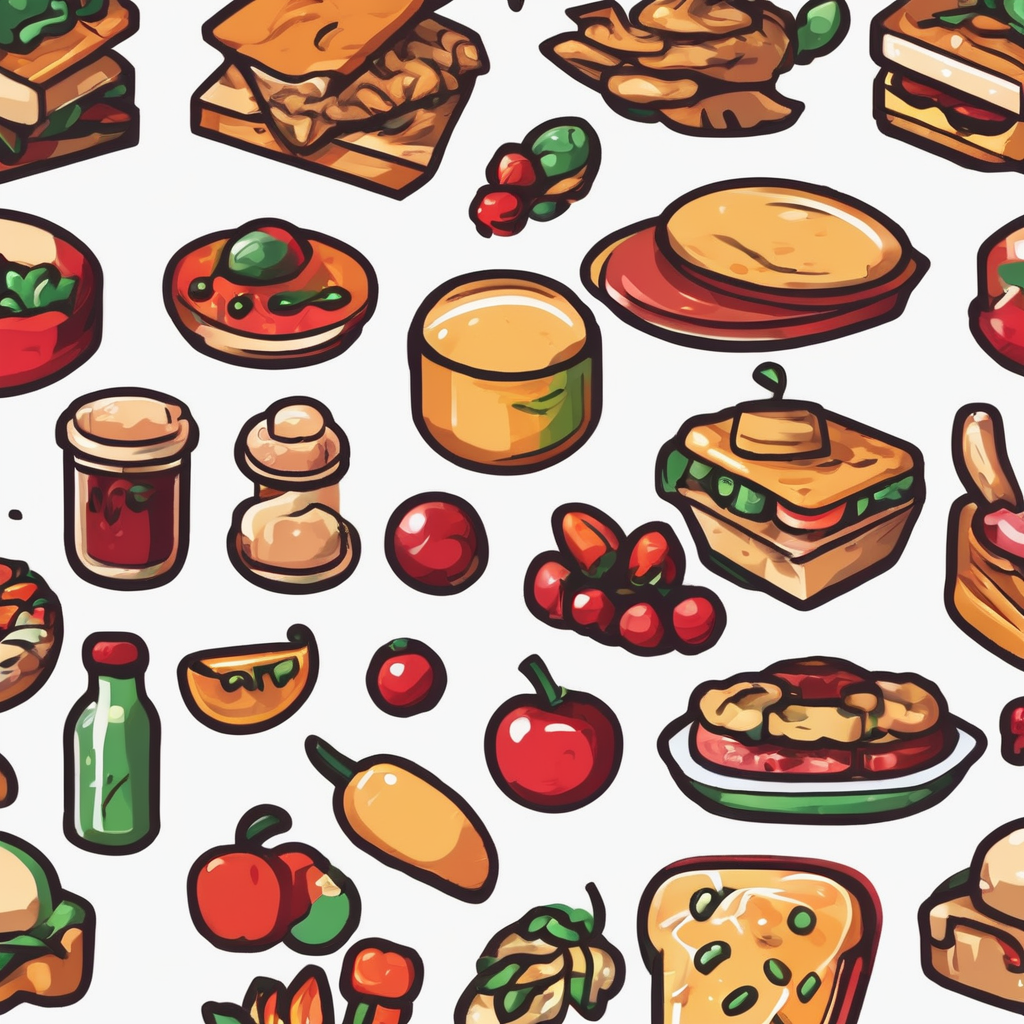Eco-Friendly Kitchen Design Ideas
Incorporating eco-friendly kitchen designs is more than just a trend; it’s a commitment to sustainability. When planning a kitchen renovation, the use of sustainable materials can make a significant environmental impact. Reclaimed wood, recycled glass, and bamboo are not only visually appealing but also durable choices that reduce deforestation and landfill waste.
Maximizing natural light and ventilation is essential in eco-friendly designs. Large windows, light tubes, and skylights can reduce the need for artificial lighting and improve air quality by promoting cross-ventilation. By doing so, homes can become energy-efficient havens.
In the same genre : Enhancing uk kitchen accessibility: top tips for assisting individuals with mobility challenges
Embracing innovative design solutions is crucial to modern sustainable kitchens. Custom cabinetry made from low-VOC (volatile organic compounds) paint or sealants can reduce harmful emissions. Additionally, water-saving fixtures and energy-efficient lighting solutions are pivotal in reducing household energy consumption.
As part of kitchen renovation trends, consider installing compact and energy-saving appliances. These are designed to support both function and sustainability without compromising on style. Opt for induction cooktops or convection ovens to use less energy compared to their traditional counterparts. This integration of modern, efficient appliances with sustainable materials leads to a kitchen that’s both stylish and eco-friendly.
Also read : Revamp Your Kitchen Drawers with the Best Organizers in the UK: Effortless Solutions for a Tidy Space!
Tips for Reducing Food Waste
Successfully reducing food waste begins with practical approaches to minimizing food waste at home. One effective method is optimizing food storage solutions. Using glass or stainless steel containers can keep food fresh for longer periods. Vacuum sealing perishables also extends shelf life, which in turn, limits waste. Storing produce like herbs and leafy greens in damp paper towels can maintain their freshness, delaying spoilage.
Meal planning ideas play a pivotal role in efficient ingredient use. Planning meals weekly promotes directional shopping, preventing unnecessary purchases. It reduces the chance of food going unused and ultimately discarded. Having a leftover night encourages the consumption of existing items in the refrigerator, further minimizing waste.
Creativity in the kitchen further supports food sustainability. Repurposing leftovers into new and exciting meals can be both fun and beneficial. For instance, cooked vegetables can transform into a hearty soup, while rice can be reimagined into a savoury stir-fry. This not only cuts down waste but also leverages food’s full potential. By engaging with practical storage solutions, thoughtful meal planning, and inventive repurposing, households can significantly reduce their food waste footprint sustainably.
Examples of Innovative Products and Materials
Exploring sustainable kitchen products demonstrates their pivotal role in reducing environmental impact. Eco-friendly appliances like energy-efficient refrigerators and dishwashers minimize energy consumption, contributing significantly to waste reduction. These appliances often come with an Energy Star rating, indicative of their lower environmental footprint compared to standard models.
Countertops and cabinets made from biodegradable materials are increasingly popular as environmentally conscious choices. Options such as recycled paper composites or bamboo offer durability without depleting natural resources. Their lifecycle ends gracefully, returning to the earth without causing pollution, unlike traditional materials.
Several UK kitchens have successfully integrated these innovations. One notable case involves a London home transforming its kitchen into a sustainable haven with eco-friendly appliances and bamboo countertops. This renovation not only enhanced the kitchen’s aesthetics but also significantly reduced its ecological footprint.
Moreover, homeowners report satisfaction with the durability and performance of these sustainable kitchen products. They highlight the importance of selecting materials and appliances that align with their environmental values. Each innovation, from biodegradable materials to energy-saving appliances, plays a pivotal role in creating kitchens that are both functional and environmentally friendly.
Case Studies of Successful Kitchen Revamps
Exploring kitchen renovation case studies unveils the profound impact of eco-friendly home transformations in the UK. These revamps showcase innovative, sustainable designs that significantly reduce kitchen footprints.
One standout example involves a London homeowner who integrated cutting-edge sustainable materials into their remodel. By opting for reclaimed wood cabinetry and bamboo countertops, they achieved both aesthetics and sustainability. This choice not only reduced material waste but also emphasized the importance of eco-friendly kitchen designs in modern aesthetics.
A profound emphasis was placed on appliances, with eco-friendly appliances like energy-efficient refrigerators and induction cooktops replacing older models. The kitchen renovation trends show these energy-conscious choices significantly curtail household energy usage, aligning perfectly with modern environmental goals.
Moreover, the transformation prioritized natural light, incorporating strategically placed skylights and large windows. This approach not only reduced reliance on artificial lighting but also enhanced the overall ambiance, promoting a healthier, airier space.
Testimonials from such UK kitchen revamps underline the satisfaction and environmental consciousness it fosters. Homeowners report delight in their transformed spaces, emphasizing reduced energy costs and a profound sense of contributing positively to environmental conservation. Their experiences echo a growing trend towards sustainable home improvement methods.

